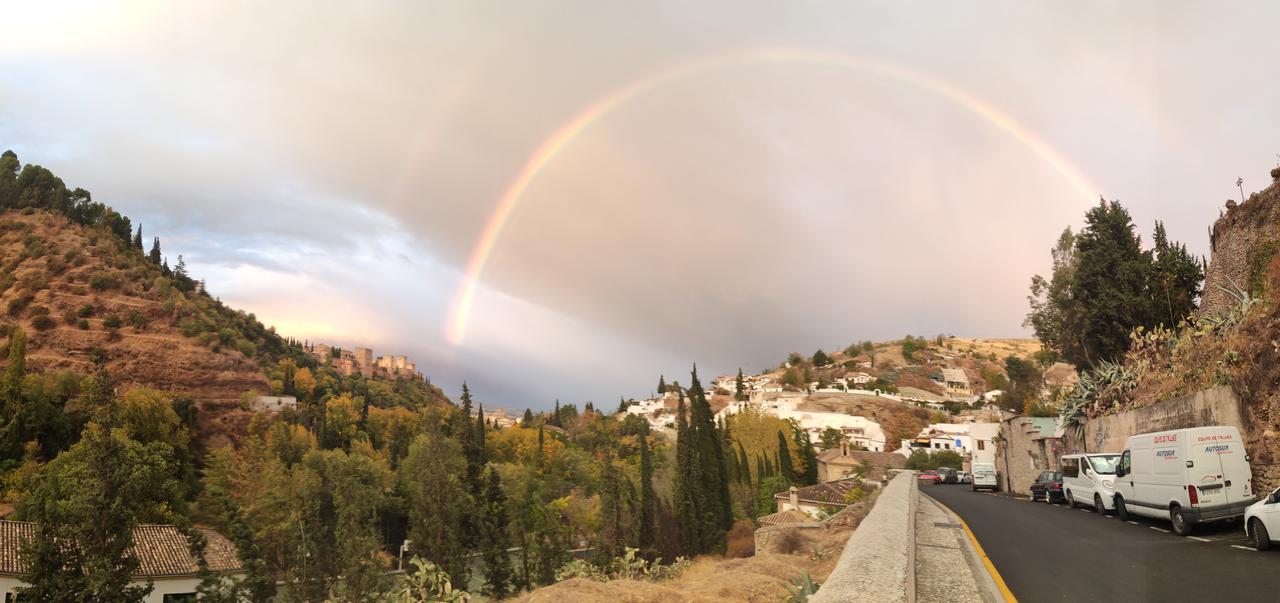
Valparaíso,
the Darro river valley
It could be considered that the entire Darro valley constitutes a hydraulic system fundamentally of Andalusian origin and, contrary to what happened in other places in the surroundings of Granada, in the Darro its traces and traces are preserved almost intact.
It becomes mythical in character.
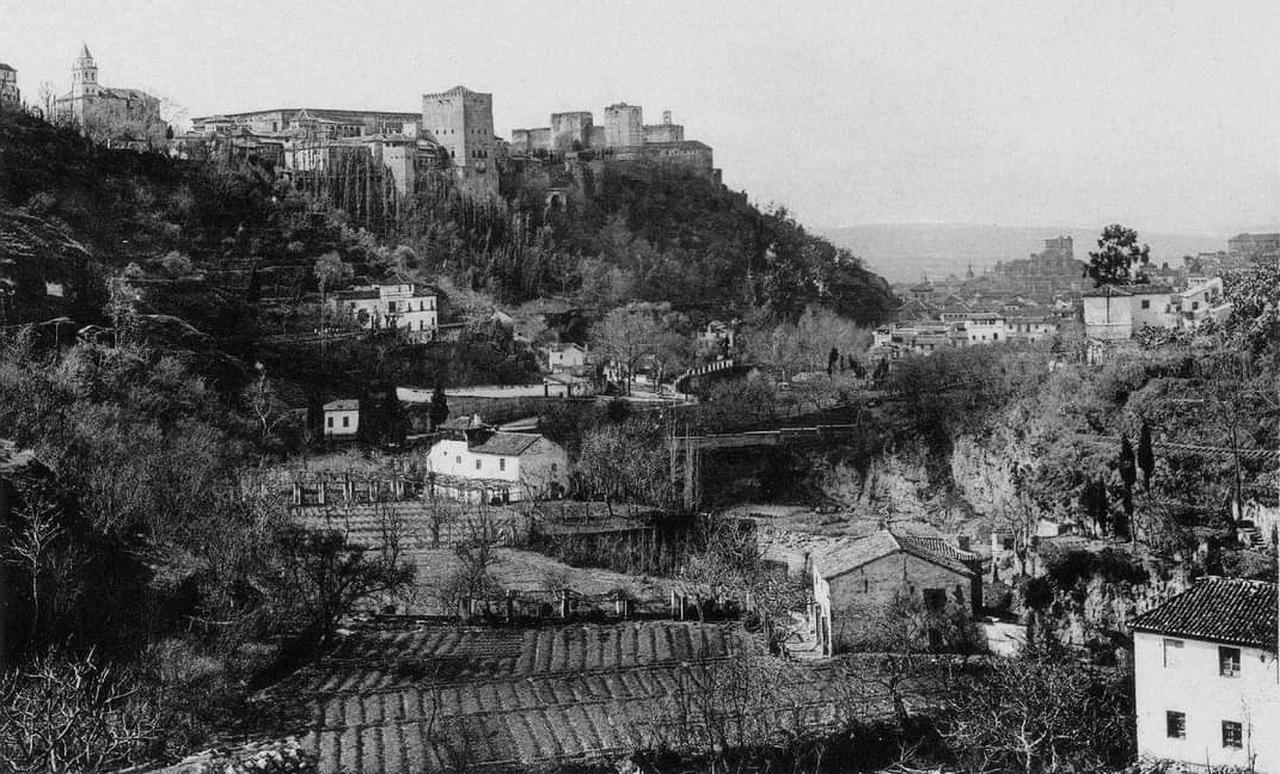
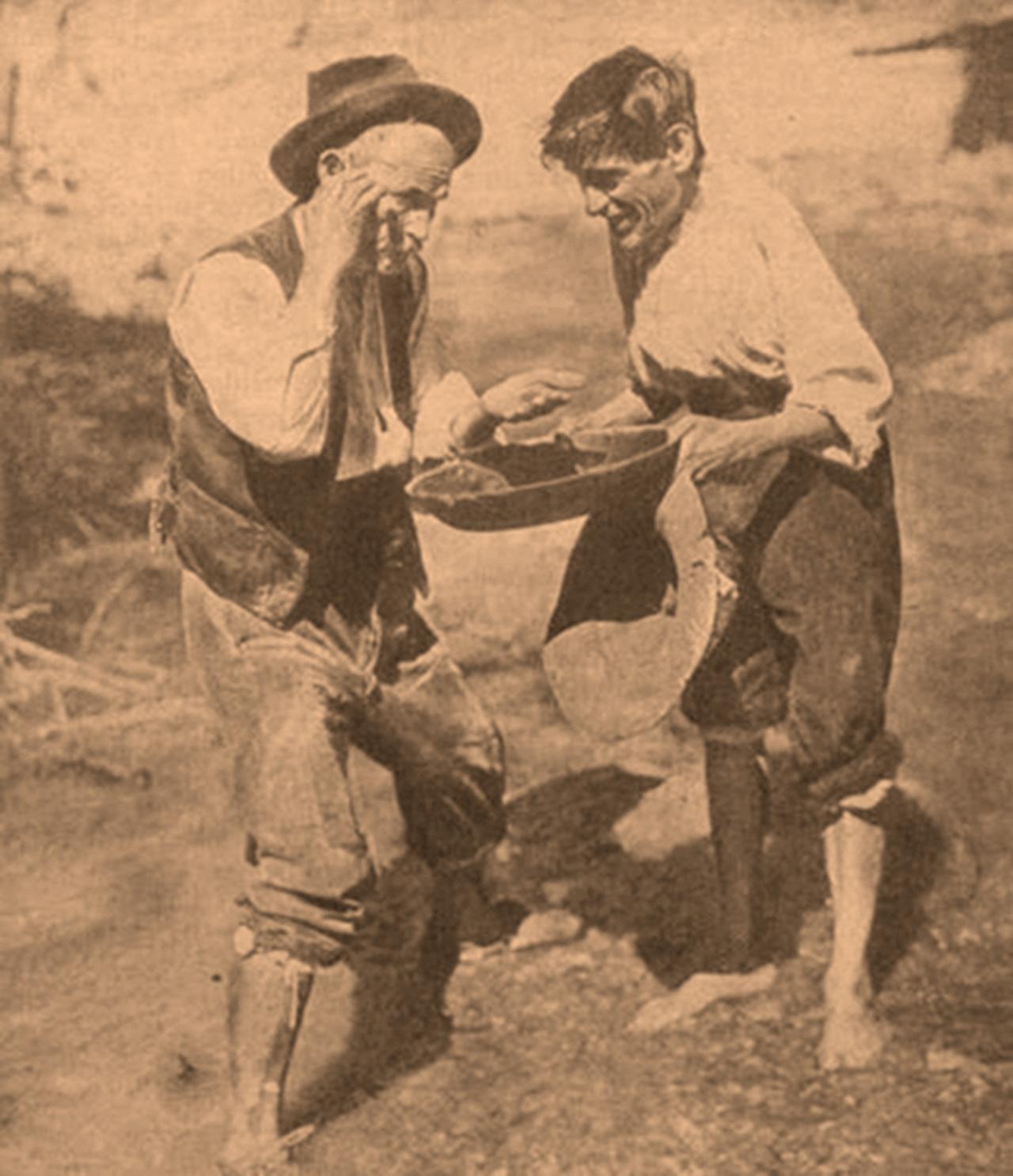
A river of gold
"Its value increases because the treasure of its air and its vegetation is joined by the gold of its sands. There was gold, which contributed to give it a very special, unique character, of course superior to that of other nearby and even distant rivers, although they were more important for their flow and their course.
The Darro, within its modesty, course and flow, has always been an identifying element of the urban physiognomy of the capital of Granada, to the point of configuring a large part of the urban morphology of its historic center".
"Granada is the flower left by the course of this river."
Alfredo Lombardo (Poet)
The great cultural heritage that lies on its slopes testifies to the value and influence of the river in the city. The Alhambra, the Albaicín and the Sacromonte with its flamenco, recognized by UNESCO as World Heritage Sites, stand out for their importance.
Darro River
(its toponymy derives from aurum(Latin for "gold").
With a total length of about 22 km, it forms (together with the Genil, the Beiro, the Monachil and the Dílar) the fluvial network of the urban environment of Granada. This network, belonging to the Guadalquivir river basin and therefore to the Atlantic domain, is generated in the reliefs located to the east, northeast and southeast of the city within the mountainous massifs of Sierra Nevada, Sierra Arana and the Sierra de Huétor.
Its entry into Granada takes place gradually, in a non-abrupt separation between the countryside and the city.
The natural course of our river benefits Granada from a network of ditches defined and organized topographically and chronologically, so the flat part of the city and the Alhambra are fed by these ditches that come out of a dam of the Darro, point of water intake of the Royal ditch destined to the Alhambra and the one of the city that is divided into two branches: the one on the right bank received the name of Axares and the one on the left, Romayla, which after the Christian Conquest, when the neighborhoods became parishes, were called, respectively, San Juan de los Reyes and Santa Ana.
There is a serious difference between the upper and lower reaches of this river.
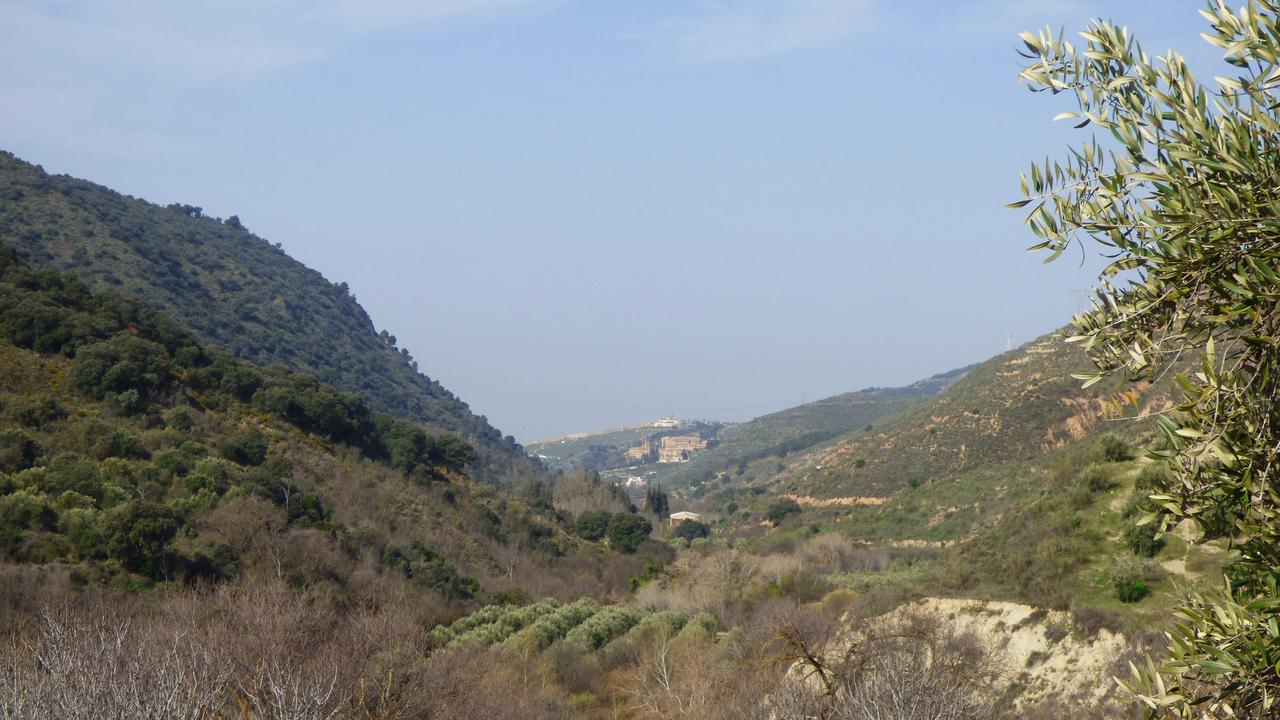
At a higher point of the course of the Darro we find the Jesus del Valle farm, which was a monastic exploitation managed by the Jesuits, equipped with all the necessary services for a successful productivity. In it, in addition to the residential part, there was another productive part, with an oil mill moved by animal traction and a flour mill, of which we have already made reference and of which there are different examples around the Darro fed by the water of its irrigation ditches.
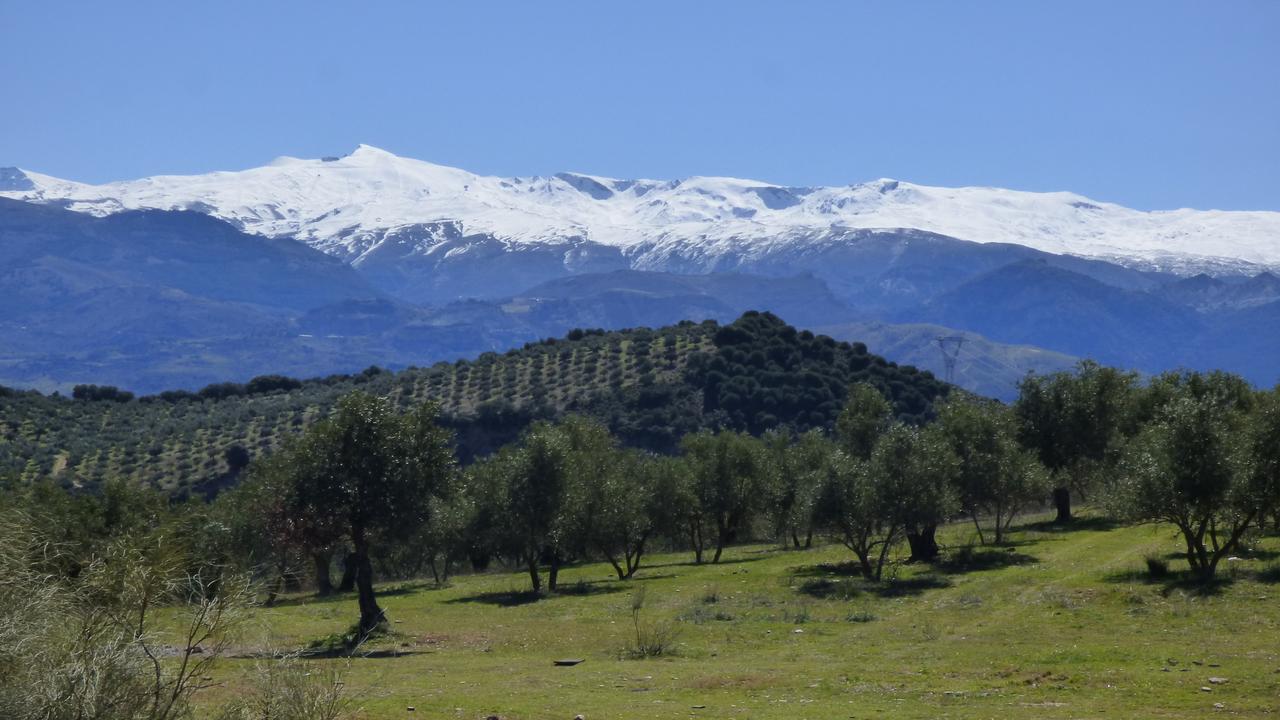
The landscape we observe in the valley shows above all an agricultural use, which in not very distant times served to supply the city, providing vegetables and greens. On the other hand, already in the interior of Granada, the river was used in different ways having a great importance its industrial use in tanneries as evidenced by references to mills that were located taking advantage of the irrigation ditches, supplied and very close to the course of the river.
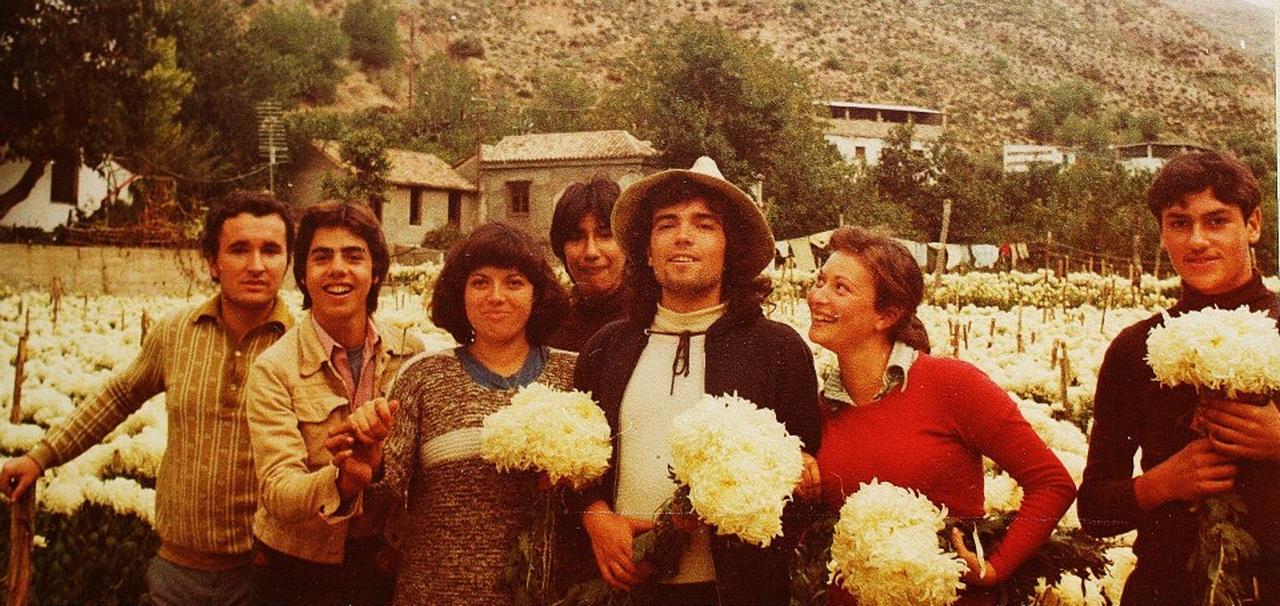
More recently, flowers have been cultivated, which had their economic success in autumn, especially for All Saints' Day. The work was carried out by family units, but it was also common to employ occasional laborers, especially the population of Sacromonte, who also, to a considerable extent, sought to earn a day's wages in the fertile plains of Granada.
“For sailing boats
Sevilla has a way
BY THE WATER OF GRANADA
ONLY SIGHS ROW".
Federico García Lorca
Darro is a river leading to paradise, this is the lesson we immediately learnt.
Its alteration would mean the loss of a valuable heritage that we must preserve and protect.
